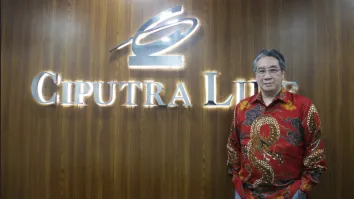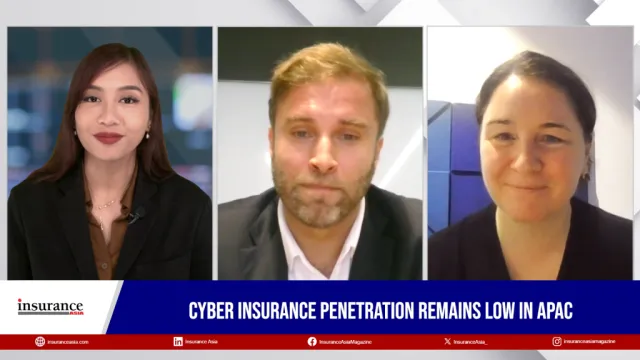
Asian construction insurers impose tighter catastrophe limits
And underwriting decisions rely heavily on detailed risk assessments, mitigation strategies.
Construction insurers in Asia remain cautious amidst environmental challenges and ememrging technologies, yet, the industry is expected to expand this 2025, according to WTW's latest Global construction rate trend report.
Large-scale infrastructure projects and smart city developments continue to shape the region’s construction landscape, emphasising sustainability and technological advancements.
Construction spending in Asia is projected to increase, with public-private partnerships playing a crucial role in infrastructure development.
In India, the government’s National Infrastructure Pipeline is fueling investment in energy, rail, and urban projects.
China is renewing urbanisation efforts despite economic headwinds, whilst Southeast Asian countries such as Vietnam, Indonesia, and the Philippines are focusing on energy, power, and renewable energy projects.
The insurance market is observing growing interest in complex infrastructure, data centres, and semiconductor industries.
Sustainability is a major factor driving construction activity. Renewable energy projects, including battery storage and sustainable aviation fuels, are gaining momentum. There is also renewed interest in nuclear power.
These trends align with the development of smart cities, where digitisation and artificial intelligence contribute to efficiency and sustainability.
The construction insurance market in Asia is stabilising, with softening premium rates benefiting developers and contractors.
Whilst insurers previously focused on standalone project-specific policies, there is now increased demand for regional annual programmes, particularly for clients managing multiple projects.
Despite softening premiums, underwriting discipline remains firm, with no significant changes to deductible structures or policy limits.
Natural catastrophe risk continues to be a key concern, requiring detailed risk assessments to ensure appropriate coverage.
Insurers remain cautious about natural catastrophe exposures, particularly in high-risk geographies.
Sub-limits for such risks are now common, and underwriting decisions rely heavily on detailed risk assessments and mitigation strategies.
Despite global concerns over extreme weather and natural catastrophe losses, capacity for coverage remains stable, with parametric solutions available as an alternative if traditional coverage becomes cost-prohibitive.
Key challenges for the construction industry include labor shortages and supply chain disruptions, both of which can lead to increased costs, delays, and safety risks.
Modular construction is emerging as a potential solution to reduce on-site construction time and mitigate supply chain risks.
The transition from project-specific insurance to operational insurance is a crucial phase requiring careful planning.
Whilst annual contractor policies are less common in Asia compared to other regions, ensuring seamless coverage during this transition remains a priority for insurers and developers alike.



















 Advertise
Advertise








